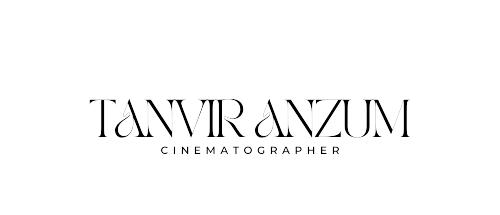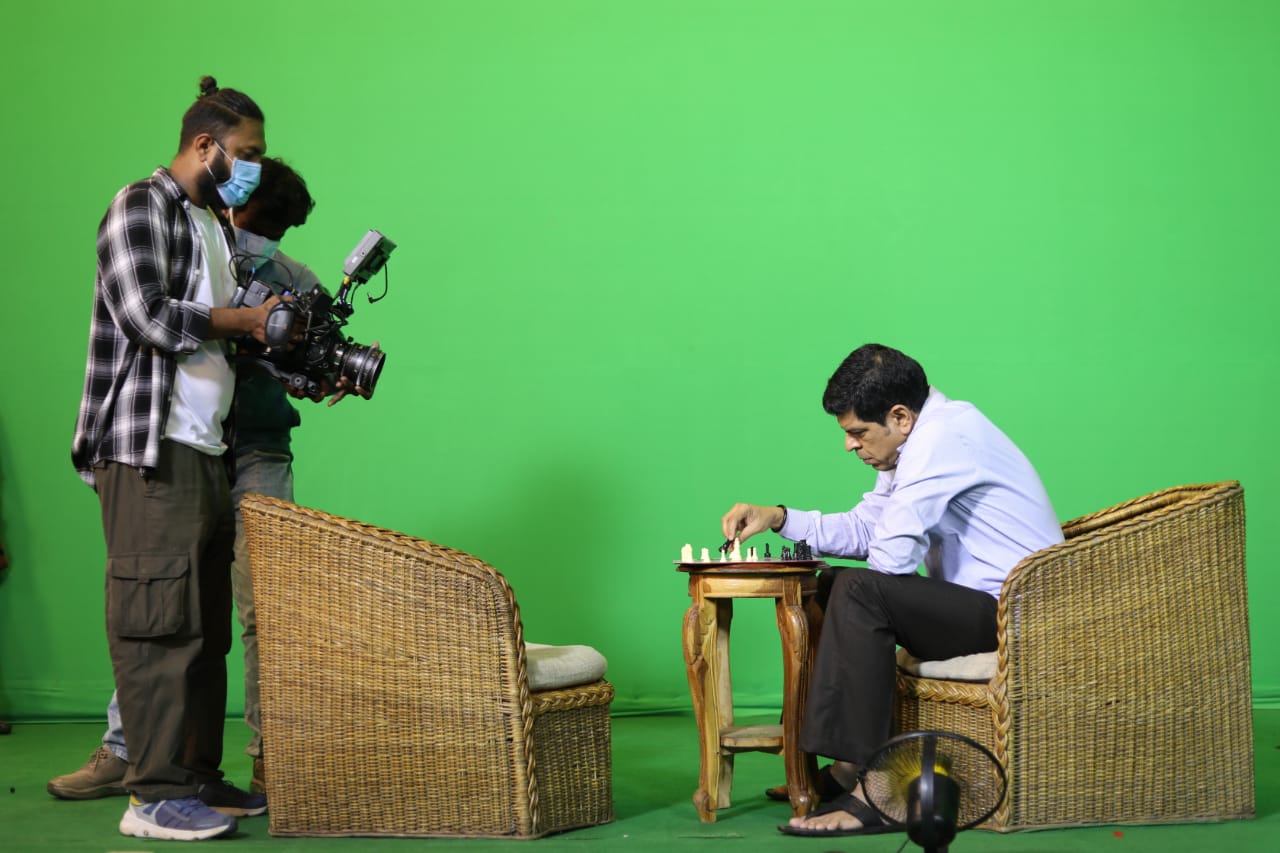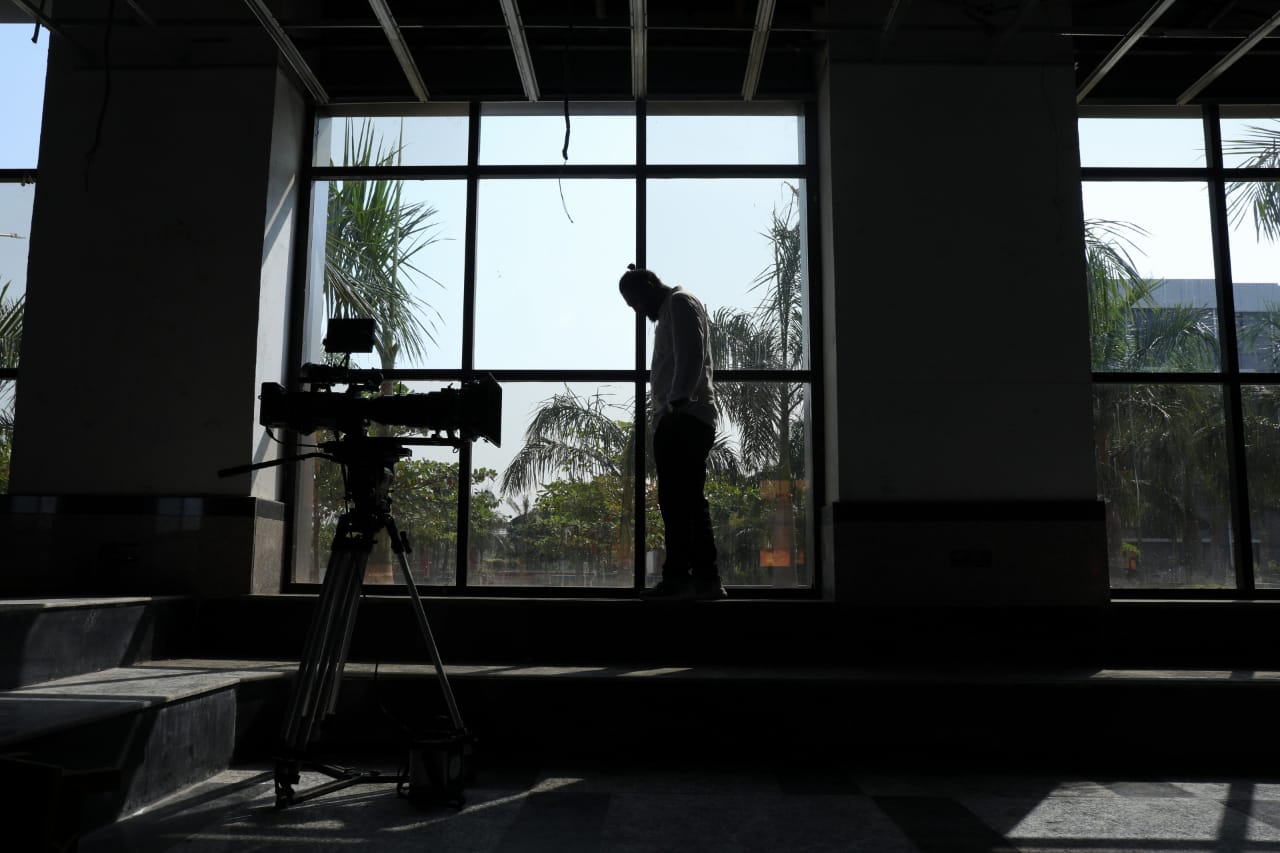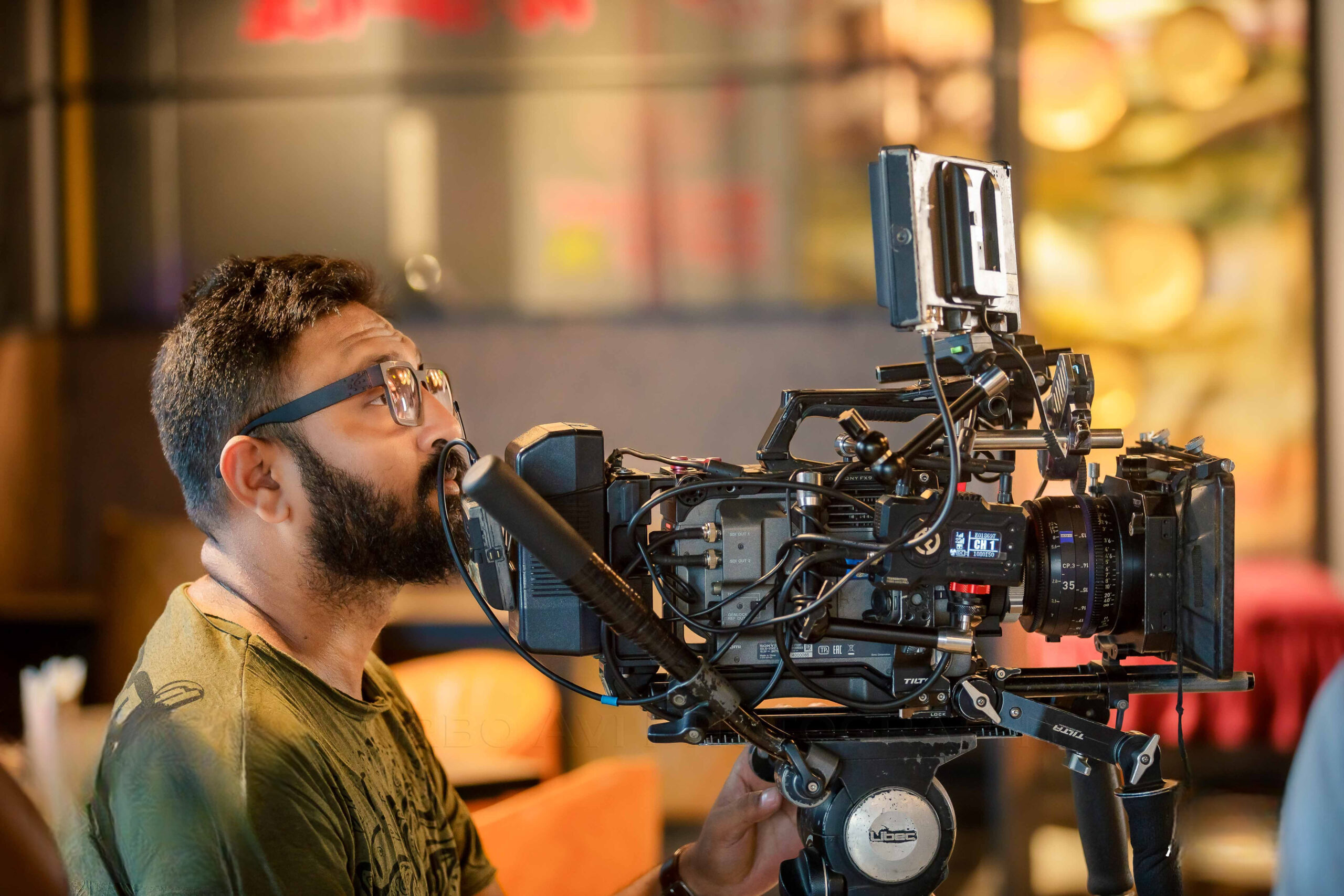The role of a cinematographer is a delicate balance between technical precision and creative vision. Every day on set brings unique challenges and opportunities to capture the essence of a story through visuals. In this blog post, we’ll take an in-depth look at a typical day in the life of a professional cinematographer, exploring the intricate processes and dynamic collaborations that bring cinematic magic to life.
Early Morning: Prepping for the Day
A cinematographer’s day starts early, often before the break of dawn. The quiet of the early morning is the perfect time to mentally prepare for the day ahead. My routine begins with a thorough review of the day’s shot list and storyboard. This preparation is crucial as it helps me visualize the scenes and plan my approach to capturing them effectively.
Equipment checks are the next vital step. I ensure that all batteries are fully charged, lenses are clean, and cameras are set to the appropriate settings. Attention to detail in this stage is essential; any oversight can lead to costly delays on set.
Arrival on Set: Setting Up
Upon arriving on set, my first task is to meet with the director and the rest of the crew. Communication and collaboration are key in this industry. We discuss the day’s schedule, the director’s vision for each scene, and any potential challenges we might face. This meeting aligns everyone on the creative direction and logistical flow, setting a unified tone for the day.
Once the team is briefed, it’s time to set up the equipment. Positioning the camera, arranging lighting, and ensuring all technical aspects are ready to go is a meticulous process. Each scene requires careful consideration of lighting setups, camera angles, and movement to achieve the desired mood and effect. The goal is to create an environment that enhances the story being told, whether it’s a dramatic close-up or a sweeping landscape shot.
Morning Shoot: Capturing the Magic
The morning shoot is often the most intense part of the day. The light is ideal, and everyone is fresh and focused. Depending on the scene, this can involve intricate camera movements, precise lighting adjustments, and close coordination with the actors and crew.
For instance, if we are shooting a dramatic indoor scene, I might use a combination of soft, diffused lighting to create an intimate atmosphere. This can involve setting up multiple lights with various diffusers and reflectors to sculpt the light just right. Every shadow and highlight is intentionally crafted to support the narrative.
Midday: Review and Adjust
After a few hours of shooting, we take a break to review the footage. This step is crucial for quality control and creative reassessment. Watching the playback allows the director and me to evaluate whether the captured scenes align with the vision. It’s a time to make necessary adjustments and refine our approach for the upcoming shots.
This review session is also an opportunity to troubleshoot any issues that have arisen. Whether it’s tweaking the lighting setup, adjusting the camera angle, or refining the actors’ movements, these modifications are essential to maintaining the visual consistency and integrity of the film.
Afternoon Shoot: Continued Creativity
The afternoon is spent capturing the remaining scenes scheduled for the day. This can involve a variety of setups and locations, each presenting its own set of challenges and creative possibilities. For example, an outdoor scene might require us to work quickly to take advantage of natural light or to adapt to changing weather conditions.
Camera work in these situations often involves more dynamic and fluid movements. Using tools like dollies, cranes, or handheld rigs, I aim to bring a sense of motion and life to the scene. Whether it’s a fast-paced action sequence or a tranquil nature shot, the goal is to immerse the audience in the story through visual engagement.
Evening: Wrapping Up and Reflecting
As the day draws to a close, it’s time to wrap up the shoot. Equipment is carefully packed away, and the set is cleared. This is also a time for the crew to reflect on the day’s work and discuss what went well and what could be improved. These debriefs are invaluable for continuous improvement and team cohesion.
Once everything is packed up, I often spend some time reviewing the footage on my own. This quiet reflection allows me to think about the day’s work and plan for the next steps. Cinematography is as much about the technical aspects as it is about storytelling, and taking time to reflect helps me continually refine my craft.
Conclusion: The Art and Craft of Cinematography
A day in the life of a professional cinematographer is a blend of art, technology, and collaboration. It’s about capturing the director’s vision, telling a story through visuals, and working seamlessly with a team to bring that story to life. Each day brings new challenges and new opportunities to create something beautiful.
For those aspiring to enter the field, my advice is to embrace both the technical and creative aspects of the job. Continuously learn and adapt, collaborate with others, and most importantly, develop your own unique vision. Cinematography is a powerful tool for storytelling, and with dedication and passion, you can create images that move and inspire audiences around the world.




